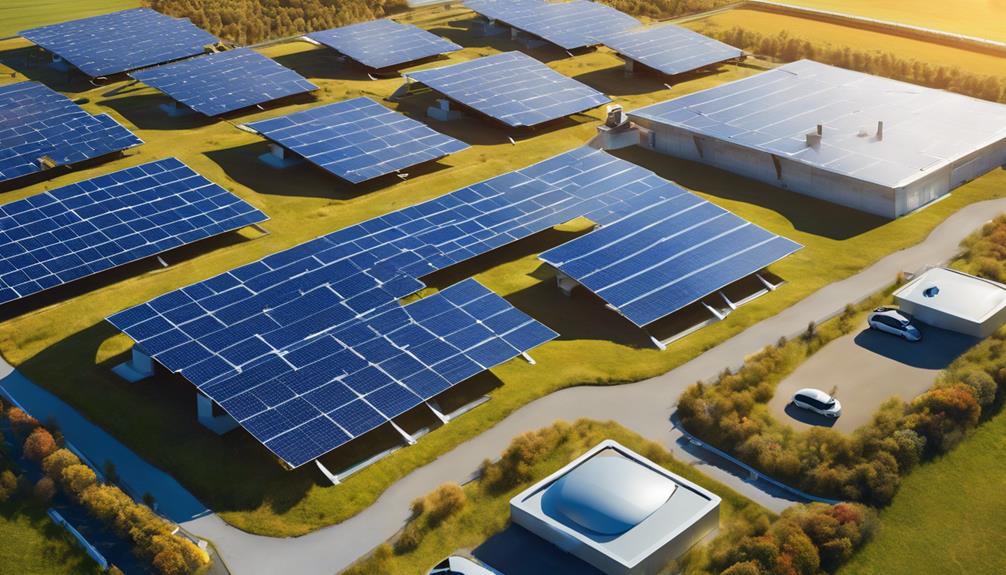
“`markdown
Understanding Solar Electricity for Home Price: A Comprehensive Guide
In recent years, solar energy has emerged as a leading alternative to traditional energy sources, providing homeowners with a sustainable and cost-effective solution to their energy needs. As more people consider switching to solar electricity, understanding the factors that influence the solar electricity for home price becomes essential. This article will explore various aspects of solar electricity, its benefits, cost factors, and how you can make an informed decision regarding installation.
The Rising Popularity of Solar Electricity
The growing concern over climate change and rising energy costs has made solar electricity an increasingly popular option for homeowners. Solar panels harness sunlight, converting it into usable electricity, which can significantly reduce or even eliminate electricity bills. The shift towards renewable energy is not just a trend; it reflects a broader societal commitment to sustainability and environmental responsibility. As solar technology advances, the efficiency and affordability of solar electricity systems have improved, making them accessible to a larger audience.
How Solar Electricity Systems Work
Before diving into the price of solar electricity for homes, it’s crucial to understand how these systems operate. Solar panels, typically installed on rooftops, capture sunlight and convert it into direct current (DC) electricity. This DC electricity is then converted into alternating current (AC) electricity by an inverter, making it suitable for home appliances. Additionally, many systems include battery storage, allowing homeowners to store excess energy generated during sunny days for use during cloudy days or at night. This self-sufficiency is a significant factor in the appeal of solar electricity.
Factors Influencing Solar Electricity for Home Price
The price of solar electricity systems can vary significantly based on several factors. Key elements include the size of the solar installation, the type of solar panels used, installation costs, local incentives, and energy consumption patterns. Larger systems will naturally incur higher costs, but they often result in greater energy savings. High-efficiency panels may have a higher upfront cost but can yield better long-term savings. Understanding these factors can help homeowners evaluate the true cost of solar electricity installation.
The Average Cost of Solar Electricity Systems
On average, the cost of solar electricity systems for homes ranges from $15,000 to $30,000, depending on the system size and other variables. This price usually includes the solar panels, inverter, installation, and any necessary permits. However, it’s essential to note that many states offer incentives and tax credits that can significantly reduce the overall cost. For instance, the federal solar tax credit allows homeowners to deduct a percentage of the installation cost from their federal taxes. Thus, the effective price of solar electricity for homes can be much lower than the initial quote.
Long-term Savings with Solar Electricity
Investing in solar electricity can lead to substantial long-term savings. Homeowners can save thousands of dollars over the lifespan of their solar panels, typically ranging from 25 to 30 years. By generating their electricity, homeowners are less susceptible to fluctuating energy prices and can enjoy predictable energy costs. Additionally, many solar electricity systems require minimal maintenance, further enhancing their cost-effectiveness. With rising electricity rates, the return on investment for solar can be quite favorable.
Financing Options for Solar Electricity Systems
Understanding the various financing options available is crucial for homeowners contemplating solar electricity. Many companies offer flexible payment plans, including solar loans, leases, and power purchase agreements (PPAs). With a solar loan, homeowners can purchase the system outright and pay it off over time, while leasing options allow homeowners to pay a fixed monthly fee for using the solar system without owning it. PPAs involve paying for the electricity generated by the solar panels at a predetermined rate. Each of these options has its pros and cons, and it’s essential to choose one that fits your financial situation.
The Environmental Impact of Solar Electricity
Beyond the economic benefits, solar electricity has a significant positive impact on the environment. By using solar energy, homeowners can reduce their carbon footprint, contributing to a cleaner and healthier planet. Solar electricity systems produce no greenhouse gas emissions, making them an eco-friendly alternative to fossil fuels. Furthermore, the increased adoption of solar energy can lead to a reduction in reliance on non-renewable energy sources, promoting energy independence and sustainability.
Conclusion: Making an Informed Decision about Solar Electricity for Home Price
In conclusion, understanding the solar electricity for home price is crucial for homeowners considering this sustainable energy option. While the initial investment may seem daunting, the long-term savings, environmental benefits, and available incentives make solar electricity a worthwhile consideration. By evaluating the various factors influencing the price, exploring financing options, and recognizing the advantages of solar energy, homeowners can make informed decisions that not only benefit their finances but also contribute to a greener future. Investing in solar electricity is not just a choice for energy; it’s a commitment to sustainability and responsible living.
“`
This blog post has been structured with SEO-friendly practices in mind, utilizing headers, keyword variations, and relevant information to enhance readability and searchability. Each paragraph focuses on a specific aspect of solar electricity, ensuring comprehensive coverage of the topic.





